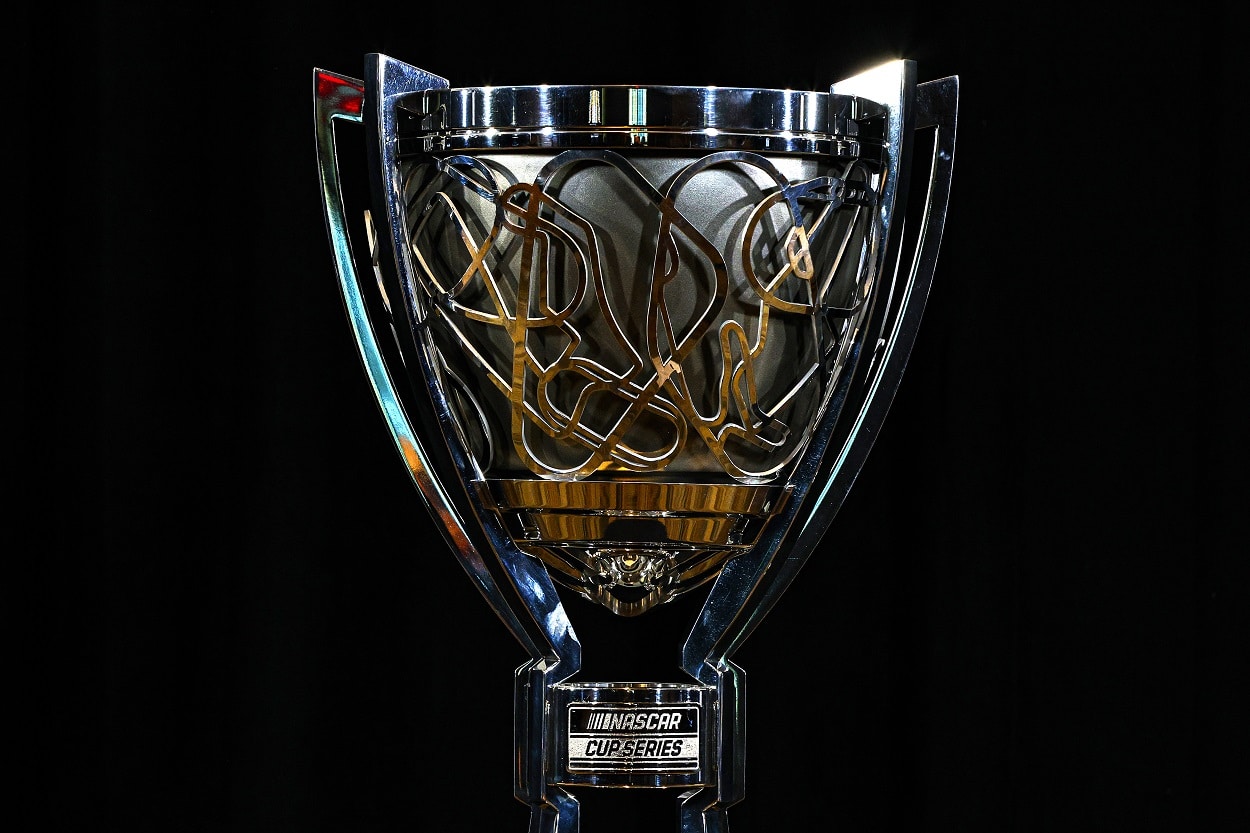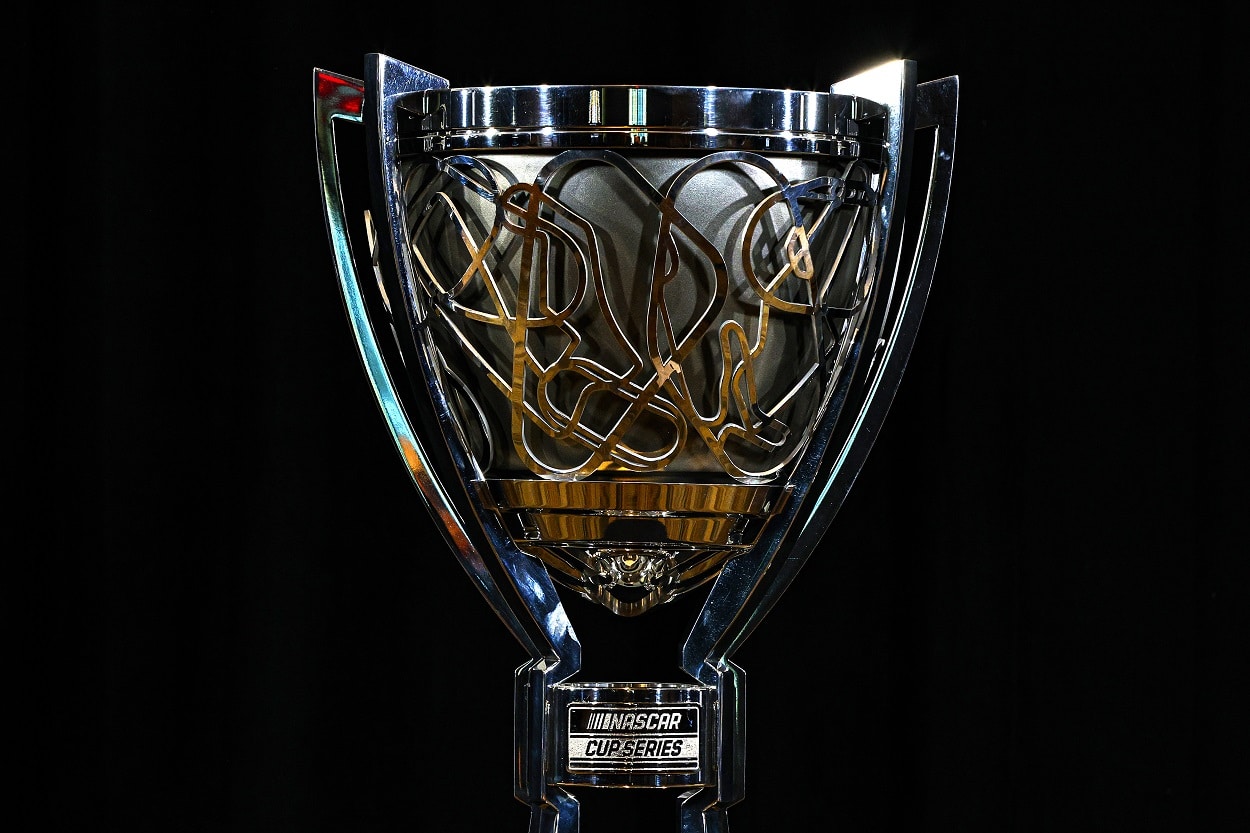NASCAR
The NASCAR Cup Series Is on the Cusp of Unique History

The NASCAR Cup Series could reach a feat not seen since the beginning of the sport’s history in what could be an apt finish to the sanctioning body’s 75th-anniversary celebration in 2023.
Joey Logano won the 2022 title in November at Phoenix Raceway to become the third different driver to win the Cup Series championship since Kyle Busch won his second career title in 2019.
That is significant because the Cup Series has not gone four consecutive seasons without a repeat champion since the first four years of the series from 1949-1952. Herb Thomas ended that streak when he captured his second career championship in 1953.
The schedule and points system were much different in the early years of NASCAR
Times were quite different back then, however. Half a century before a playoff system was even a consideration, Thomas beat Lee Petty for the 1953 crown by more than 640 points with a series-high 12 wins in 37 races. Yet, only five drivers even entered at least 27 races that season.
The Cup Series championship eventually became hotly contested through the years as the majority of the drivers in the series started every event. Still, few were genuinely championship-caliber competitors.
Only five different drivers won a championship in the 1950s, and the same could be said for the 1960s, as Richard Petty and David Pearson began their historic rivalry as the top two drivers in the sport.
Petty and Cale Yarborough combined for eight of the 10 possible championships in the 1970s, while Dale Earnhardt and Darrell Waltrip each won three titles in the 1980s.
Earnhardt continued his march in the 1990s toward joining Petty as the only seven-time champions, winning titles in 1990, 1991, 1993, and 1994 before Jeff Gordon took over.
Gordon won three championships in four years from 1995-98. His final title came in 2001, and then Jimmie Johnson began his reign in 2006. He closed out the decade with a record five-straight titles.
The 2010s saw a wider variety of drivers win championships, but the same inner circle still took home most of the trophies. Johnson won again in 2013 and capped off his career with his record-tying seventh title in 2016. That left only two years between each of his last three championships.
Johnson was one of the three different drivers to celebrate a championship between Busch’s two title runs in 2015 and 2019, and Busch’s second championship was the first of three different winners between Logano’s 2018 championship and the latest one he celebrated in November.
Chances are relatively high of another different NASCAR Cup Series champion in 2023

RELATED: Joey Logano Must Overcome an Odd Obstacle (Literally) to Repeat as NASCAR Cup Series Champ in 2023
To avoid matching the 1949-52 run of different champions, Logano, Busch, Kyle Larson, or Chase Elliott would have to win the title next year.
That is certainly a possibility, especially with a playoff format that allows four drivers an equal shot at the prize in the final race of the season. Logano is possibly entering the peak of his driving career at age 32, while Larson (30) and Elliott (27) drive for the powerhouse of Hendrick Motorsports with its record 291 wins and 14 championships.
Busch (37), meanwhile, has 60 career wins and two championships but will be in his first season with Richard Childress Racing after 15 years at Joe Gibbs Racing.
The new Next Gen car model NASCAR introduced in 2022 makes the likelihood of a repeat champion somewhat smaller. The series had a record-tying 19 different winners last year, plus Ryan Blaney’s All-Star Race victory in May at Texas Motor Speedway.
That was the most different winners in points-paying races during a single season since 2001, and only the fifth time the series had reached that mark.
The Next Gen car played a role in that parity because teams are required to buy all of the parts for their cars from the same supplier. That adjustment leveled the playing field significantly and helped allow smaller teams such as Trackhouse Racing, Petty GMS Racing, and 23XI Racing to place cars in Victory Lane at least once throughout the year.
That level of parity might scale back in future years as teams get more familiar with the Next Gen car. Some teams will likely find advantages in the car’s setup that others won’t, but the series is unlikely to shift back to seasons in which only a couple of organizations dominate the entire schedule.
So, NASCAR could be positioned to have an extra special moment to end its season-long diamond anniversary festivities that would harken right back to when the sport began.
Have thoughts on this topic? Keep the conversation rolling in our comments section below.











